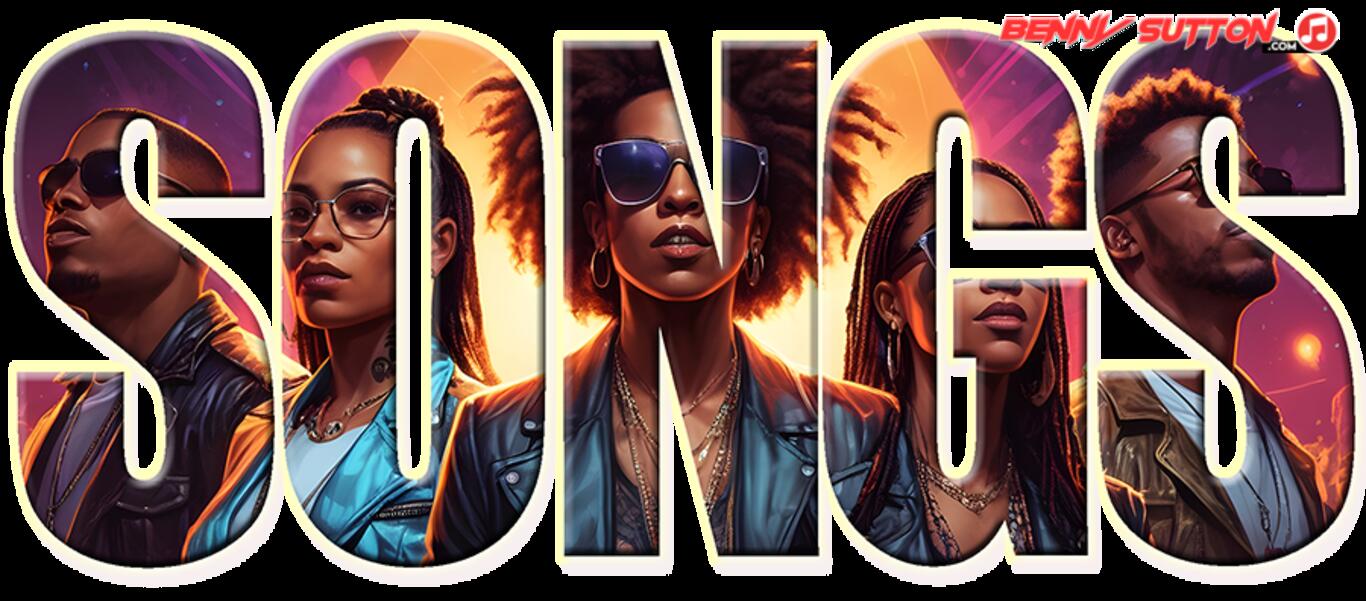Minor mode with natural 6; flexible over minor chords (m6, m13 colors).
Dorian Mode
Parentage: 2nd mode of the Major Scale
Interval Formula: W – H – W – W – W – H – W
Degrees: 1 – 2 – ♭3 – 4 – 5 – 6 – ♭7
Chords built on degrees: i, ii, ♭III, IV, v, vi°, ♭VII
Structure and Function
Dorian is a minor mode — it shares the flattened 3rd and 7th of the natural minor scale —
but its raised 6th degree distinguishes it, giving a smoother, more open sound.
This single altered tone changes the feel from melancholy (Aeolian) to cool, modal neutrality.
It’s minor without being sad — a favorite in funk, jazz, and modal rock.
Formula in D Dorian (from C Major):
D E F G A B C D
| Degree | Function | Interval | Chord | Nashville | Comment |
|---|---|---|---|---|---|
| 1 | Tonic | 0 | Dmin | 1 | Modal center |
| 2 | Supertonic | +2 | Emin | 2 | Connective tone |
| ♭3 | Mediant | +3 | Fmaj | 3 | Defines minor color |
| 4 | Subdominant | +5 | Gmaj | 4 | Builds upward tension |
| 5 | dominant seventh | +7 | Amin | 5 | Smooth release (no leading tone) |
| 6 | Raised 6th | +9 | Bdim | 6 | Distinctive Dorian color |
| ♭7 | Subtonic | +10 | Cmaj | 7 | Minor cadence tone |
Sound and Character
- Mood: minor but mobile; earthy and soulful rather than dark.
- Distinct feature: natural 6th degree prevents the pull toward Aeolian gloom.
- Cadence: often i–IV or i–II — avoids dominant-tonic tension.
- Melodic flavor: works beautifully over static minor chords or vamp grooves.
The Dorian 6th (in D Dorian, the note B) is the key color note —
it adds lift and freshness to what otherwise feels minor.
Use and Application
- Genres: jazz, funk, fusion, rock, Celtic, film scores.
- Improvisation: Dorian is the go-to mode over minor 7 chords (i7) in modal tunes.
- Example chord vamps: Dm7 – G7, Am7 – D7, or single-chord Dm7.
- Chord–scale pairing: i7 (Dmin7) ↔ D Dorian scale; ii–V–I progressions often feature Dorian on the ii chord.
- Rhythm section use: often static, repetitive grooves instead of full progressions.
Common Song Examples
| Song | Artist | Key/Mode | Notable Features |
|---|---|---|---|
| “So What” | Miles Davis | D Dorian | Classic two-chord modal jazz (Dm7–E♭m7) |
| “Oye Como Va” | Santana | A Dorian | Latin-rock vamp with raised 6th flavor |
| “Eleanor Rigby” | The Beatles | E Dorian | Modal minor melody without leading tone |
| “Mad World” | Tears for Fears / Gary Jules | E Dorian | Haunting but not fully minor; lifted 6th |
| “Scarborough Fair” | Traditional English | A Dorian | Folk melody archetype |
| “Get Lucky” | Daft Punk | Bm7 (Dorian feel) | Modern funk groove with bright minor color |
Summary
| Attribute | Value |
|---|---|
| Parent Major Key | Starts on 2nd degree |
| Tonal Center | Minor (no strong dominant) |
| Signature Interval | Raised 6th (compared to natural minor) |
| Emotional Color | Smooth, cool, reflective |
| Typical Harmony | i7 – IV7 or i7 – II7 |
| Typical Chords | Minor 7, Minor 6, Add9 |
| Usage | Modal jazz, funk, folk, cinematic moods |
